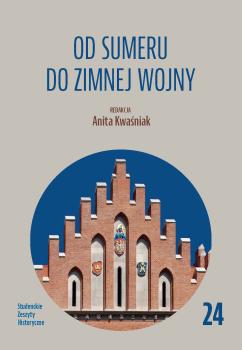Szkolnictwo oraz nauka pisma w Sumerze w III tys. p.n.e. .......... 11
Synopsis
SCHOOLING AND LEARNING TO WRITE IN SUMER IN THE 3RD MILLENNIUM BC
This paper attempts to analyze education and the learning of writing in Sumer in the 3rd millennium BC. The article aims to explore the reasons behind the emergence of the educational system, the process of teaching, and the role that education played in society. In the 4th millennium BC, Sumerian civilization underwent significant demographic and technological transformations, which led to the need for administrative development and the improvement of economic management. Writing became an essential tool for organizing social life, transmitting knowledge, and maintaining a sophisticated religious system. Due to the complexity of the Sumerian writing system, learning it required the establishment of specialized schools for scribes, known as edubba, or “houses of tablets”, where future officials, priests, and rulers were trained for years. However, teaching writing in ancient Sumer was not limited to the technical aspects of recording and memorizing words and symbols. In schools, future scholars were educated, who gained knowledge in various disciplines such as literature, mathematics, and natural sciences. Education was not universally accessible – schools were primarily attended by members of the upper social classes. Historical sources indicate that corporal punishment was used in Sumerian schools, and teaching took place under the strict supervision of demanding teachers. Although learning was difficult and challenging graduating from the scribal school brought prestige and opened the door to careers in professions such as officials or priests. Furthermore, it is thanks to the scribes and their skills that we owe our present knowledge of the Sumerians, preserved on clay tablets.





